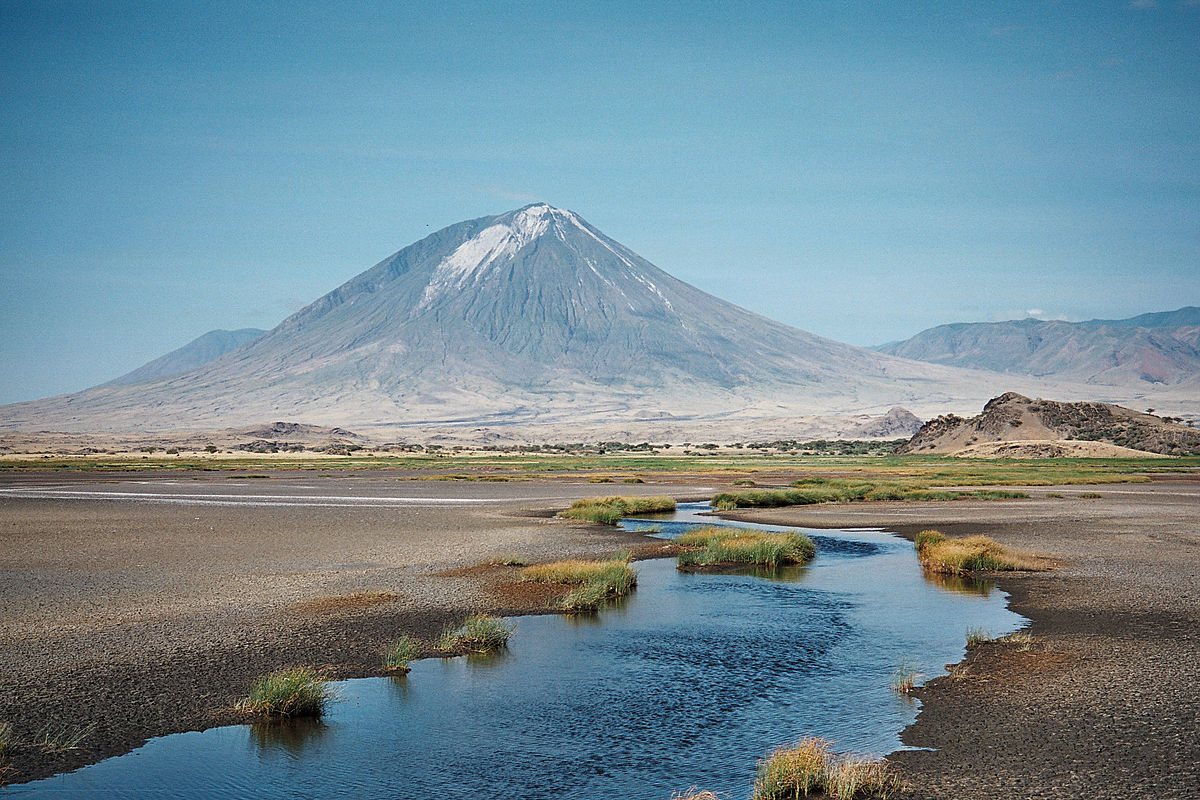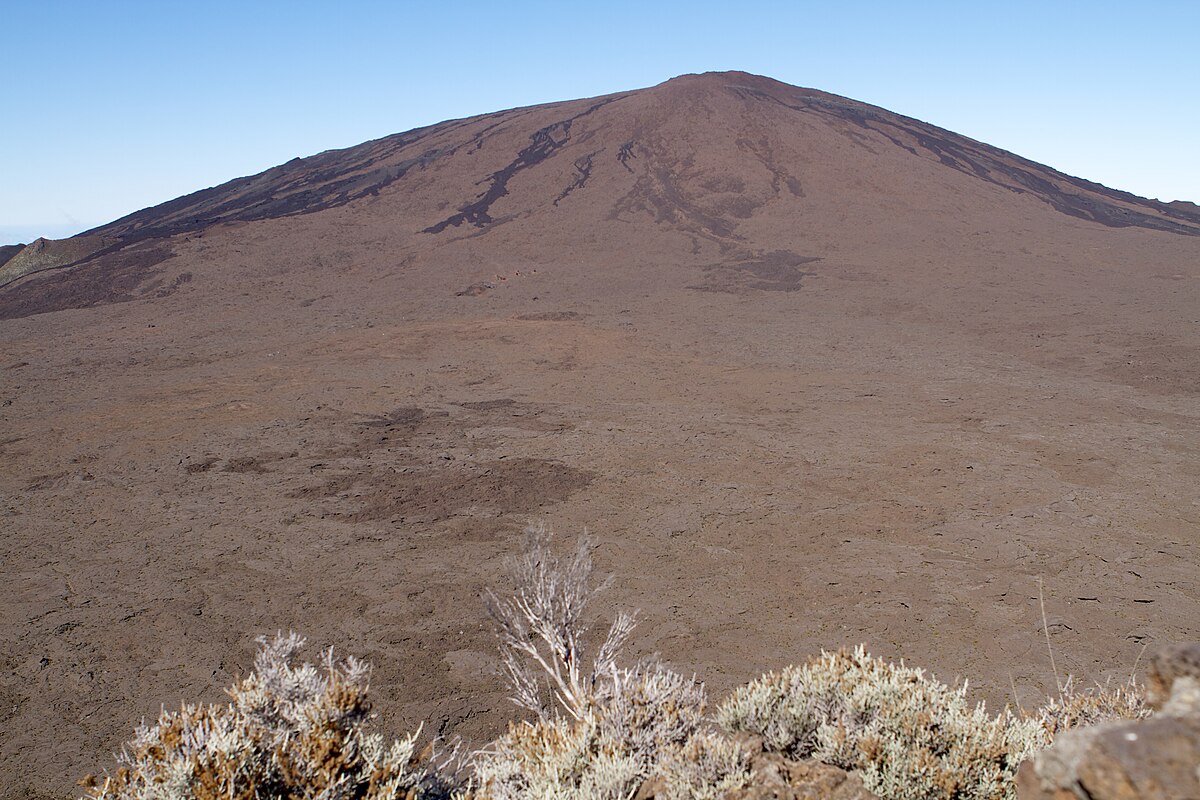XPan
The Living Force
Kliuchevskoi, Russia
4 Sep 2022


6 dead climbers on Kliuchevskoi
by Marc Szeglat via Vulkane.net
State: Russia | Coordinates: 56.05, 160.64 | Eruption: Fumarolic
A mountaineering drama has occurred on the highest active volcano in Eurasia. A group of 10 Russian climbers and 2 guides, wanted to climb the 4835 m high Kiluchevskoi, but they were not to reach the summit. The group began their ascent on Tuesday and set up 2 camps on the volcano's flank to acclimatise and ascend in stages. One camp was at an altitude of 3,300m, another at 4,000m. For reasons that are still unclear, 6 people fell yesterday at 4,000 m altitude. It is possible that they passed an icy cliff in a rope team. 4 persons were killed on the spot. 2 climbers died a short time later. A mountain guide suffered a broken leg. It is assumed that only the people in the lower camp survived the accident. Due to bad weather conditions, the climbers could not be rescued yet. However, on the LiveCam (picture) you can see that the weather is better today.
Climbing the Kliuchevskoi volcano is demanding
Climbing Kliuchevskoi is considered very demanding. I have visited the volcano twice before and was able to deny myself a climb. However, the volcano was also erupting at the time. The most recent eruptions occurred in March 2021.
Some indigenous peoples live in the Kliuchevskoi area. Therefore, the area is a UNESCO World Heritage Site. Kliuchevskoi is part of the central volcanic group of the Siberian peninsula of Kamchatka. The other volcanoes are Bezymianny (which erupted last month), Kamen and Ushkovsky. The well-known Tolbatchik is also in sight, but does not belong to the volcano group. Shiveluch joins it to the north. It can be said without doubt that this is one of the most volcanically active zones on earth. Moreover, the area is sparsely populated and thus an El Dorado for adventurers and nature lovers. There are few prohibitions, but also no immediate help in case of emergency. In addition to the volcanoes, there are extensive forest areas, lakes and rivers full of salmon and, of course, brown bears.
END OF ARTICLE



4 Sep 2022

Kliuchevskoi: Bergsteigerdrama mit Todesopfern - Vulkane Net Newsblog
Am höchsten aktiven Vulkan Eurasiens ist es zu einem Bergsteigerdrama gekommen. Sechs Bergsteiger kamen ums Leben.
www.vulkane.net
6 dead climbers on Kliuchevskoi
by Marc Szeglat via Vulkane.net
State: Russia | Coordinates: 56.05, 160.64 | Eruption: Fumarolic
A mountaineering drama has occurred on the highest active volcano in Eurasia. A group of 10 Russian climbers and 2 guides, wanted to climb the 4835 m high Kiluchevskoi, but they were not to reach the summit. The group began their ascent on Tuesday and set up 2 camps on the volcano's flank to acclimatise and ascend in stages. One camp was at an altitude of 3,300m, another at 4,000m. For reasons that are still unclear, 6 people fell yesterday at 4,000 m altitude. It is possible that they passed an icy cliff in a rope team. 4 persons were killed on the spot. 2 climbers died a short time later. A mountain guide suffered a broken leg. It is assumed that only the people in the lower camp survived the accident. Due to bad weather conditions, the climbers could not be rescued yet. However, on the LiveCam (picture) you can see that the weather is better today.
Climbing the Kliuchevskoi volcano is demanding
Climbing Kliuchevskoi is considered very demanding. I have visited the volcano twice before and was able to deny myself a climb. However, the volcano was also erupting at the time. The most recent eruptions occurred in March 2021.
Some indigenous peoples live in the Kliuchevskoi area. Therefore, the area is a UNESCO World Heritage Site. Kliuchevskoi is part of the central volcanic group of the Siberian peninsula of Kamchatka. The other volcanoes are Bezymianny (which erupted last month), Kamen and Ushkovsky. The well-known Tolbatchik is also in sight, but does not belong to the volcano group. Shiveluch joins it to the north. It can be said without doubt that this is one of the most volcanically active zones on earth. Moreover, the area is sparsely populated and thus an El Dorado for adventurers and nature lovers. There are few prohibitions, but also no immediate help in case of emergency. In addition to the volcanoes, there are extensive forest areas, lakes and rivers full of salmon and, of course, brown bears.
END OF ARTICLE















